Spring, at longest last, has come to the garden. I walk around in misshapen laps, pausing to stare wordlessly at plants I know the names of, at others I do not. It has been a mystery-in-waiting as to what will appear before us from under the ground which was, until quite recently, still freezing; we moved house as one year fell into the next, and consequently had no idea what was in the garden, disguised as it all was underneath long-fallen leaves, and the branching barrenness of a mainly endless winter.
We have a stray day warmer than all those before it, and within a single east-west arc of the sun it seems the rowan tree, and various other things, have decided it really is time for their poised, most fragile points to brave becoming leaves. Impossibly vulnerable, must continue with the plan of the planet. On this warmer day you are late home from work, and I don’t know at the time but this lateness is because you, too, are standing and staring wordlessly out at things in the garden. We marvel, separately, and together. You say we’ve become more serious, perhaps no longer fun, and I wonder if this is true, and then also how could this not be true, as the decades bring with them ever-greater and more detailed knowledge of the ecological damage—as the years do not seem to bring any real respite for those most suffering.
I can’t help but suspect everything else living notices how much harder it is to breathe, to drink, to regulate. Do the trees now breathe in rasping, shallow voices? Do they think we’re choosing to ignore them? On an afternoon so blanket thick with mind-fog that I consider building a lighthouse in the bathroom, I spend hours researching lead paint and its effects—these walls were constructed in 1879, and while they have naturally undergone a few aesthetic transformations since, I feel a fresh flood of concern about what might be underneath the layers. Lighthouse, lighthouse, lighthouse. The building’s original purpose, as a hospital for the infectious and the diseased, would surely have required the most neurotoxic of Victorian decor.
Occasionally, one or the other of us will make a reference to the apocalyptic end of things—the end of things as we know it, the end of things as any of us know them to be. It usually comes from an unsuspecting place of fact, or the tail-end of a thought-turned-bleak, but I will always think for several nights afterwards about endings, and about what would be most missed. We would not, I suspect, be going to the neighbour’s house tonight for a dinner focussed heavily on cheese. We would not, I suspect, have any time to lie on our backs in the moss underneath the old apple trees. We would not, I suspect, ever be able to draw in deep lungfuls of river air, or notice the arrival of the first house martins, or sit in a bathtub for three hours, or write books, or stitch our lives together in a tapestry to hang on lead-filled walls.
I’m full of suspicions and apprehensive of endings, and one solution to this might simply—laboriously—be for each individual person to make everything more beautiful, every day. Day in, day out, days that deserve our attention and time, and our fight. At the end, we hope it’s not the end, and instead we hope there is enough leftover that we can still dance.

TWO BRIEF THINGS & AN ANNOUNCEMENT:
This past week an illustrated non-fiction essay went out to paid supporters, about feelings and the sea, when the sun gets too hot, beetles, and tiny pieces of paper:
If you are heading over to my main website at any point, you’ll find a shiny new land, hopefully with a much clearer experience for learning about my books, and other such information. By this time next week, a selection of original paintings and drawings will be back up and available to buy, along with signed copies of the books in their many different translated editions, like Japanese, Italian, and German, Korean, Spanish, Vietnamese, and more.
Lastly, the astute among you will notice that a new position has been added to my biography, which is that of designer for Orion Magazine. I’ve taken over design responsibilities for the publication from the summer 2024 issue onwards, and I’m entirely delighted to be working more deelpy with such a wonderful group of people, whose efforts to publish a huge variety of perspectives and stories and astonishments has been a steady, praised place of environmental sense and determination for over forty years.
My illustrated Root Catalog column will continue unaffected, but there will be a shift in the time and efforts being distributed in my work-life. This doesn’t in any way mean that book work will cease, and in the way that it so often does the universe has been happening not much and then everything all at once—I expect to be able to make another announcement on a new book front soon.
THIS WEEK I FELL IN LOVE WITH:
Paintings (mainly of trees) by the Swiss-French artist Félix Valloton (1865-1925).
“You are always my concern, I ponder a great deal on it and speak to you and take your strange dark head between my hands and want to push the stones off your chest, free your hand with the carnations and hear you sing.”
— Correspondence between Paul Celan & Ingeborg Bachmann
“I like dusk just as much as anyone but I think I’m becoming more keen on sunlight, waking up to the sweet & coffee of the kitchen & all those birds.”
— Talin Tahajian, from It’s November again
all those birds…
Paid supporters of The Sometimes Newsletter receive several additional posts each month, including things like short stories, longer illustrated essays, and more detailed looks into creative processes. The most recent of these is an illustrated essay Finistère, France: A Short Non-Fiction from a Past Summer:
Finistère, France
A few nights ago the summer had its solstice and I spent the smallest hours dreaming of stars, large blankets of them made from the velveteen blue-black sweep of what I imagine space-time to feel like.


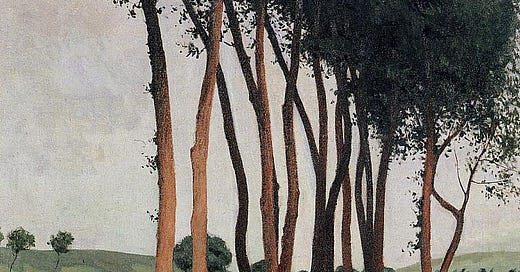








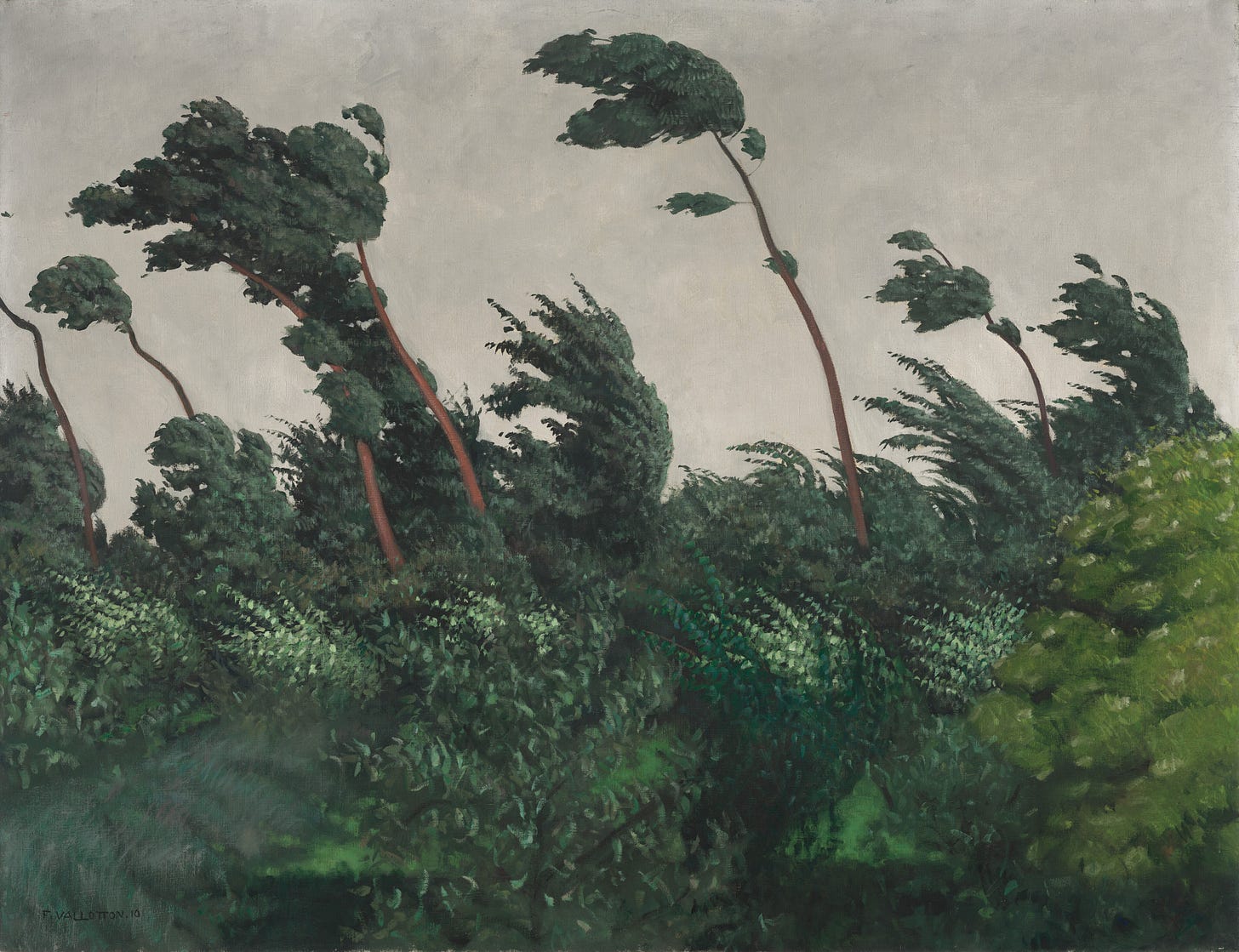
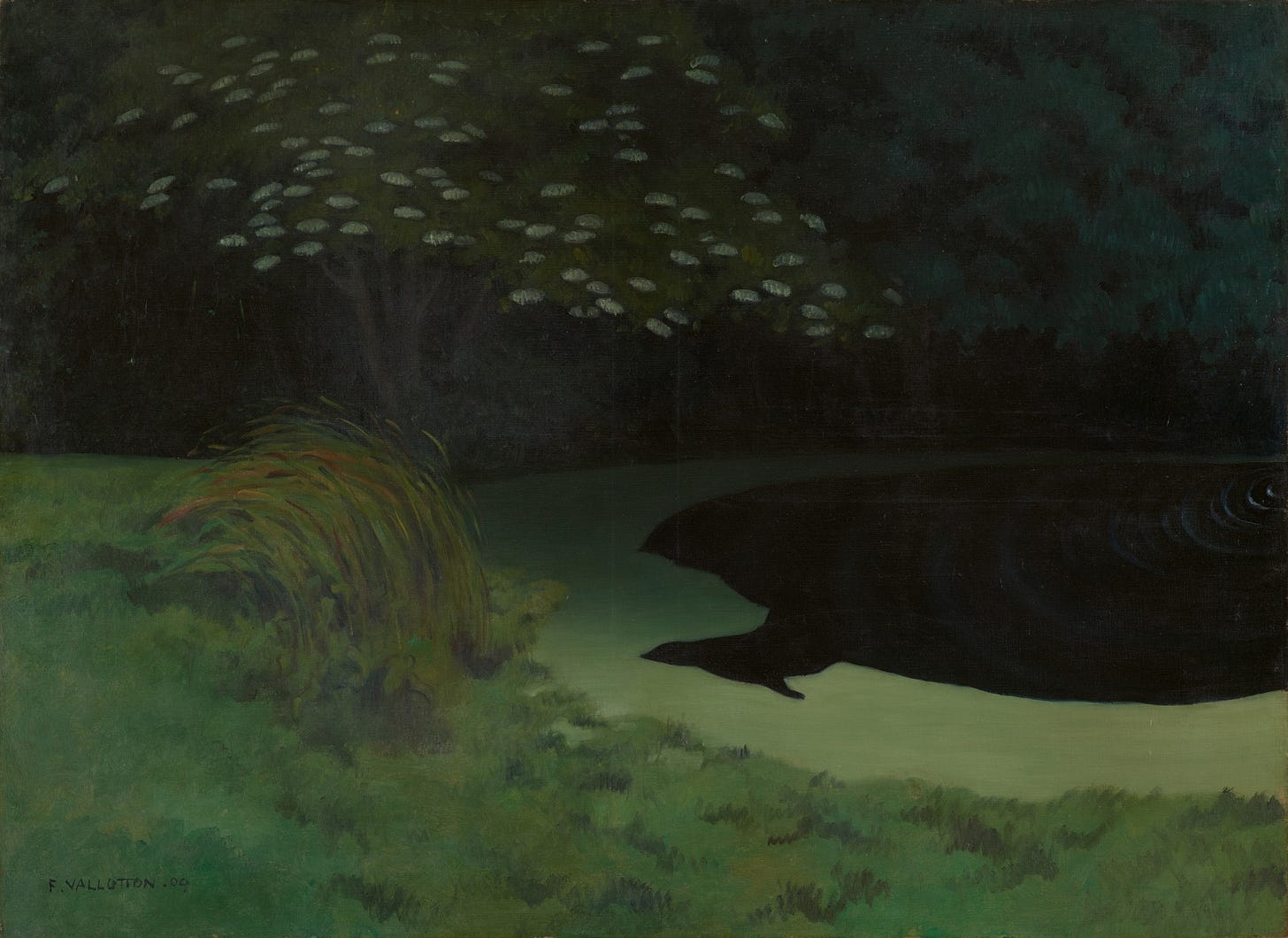
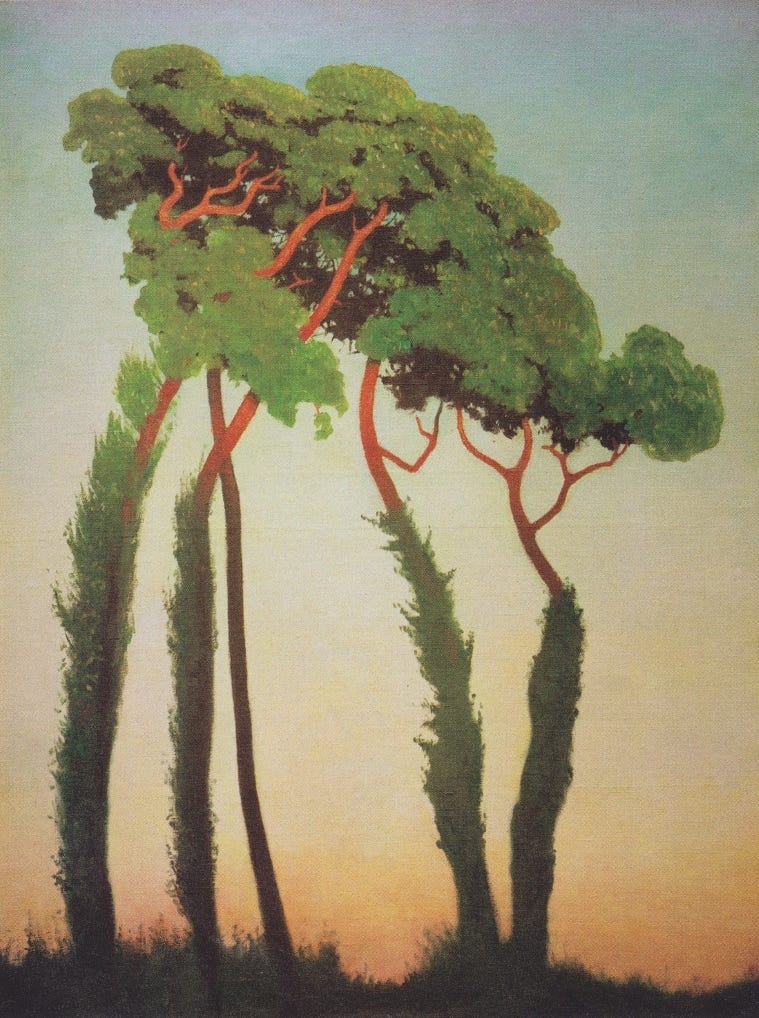
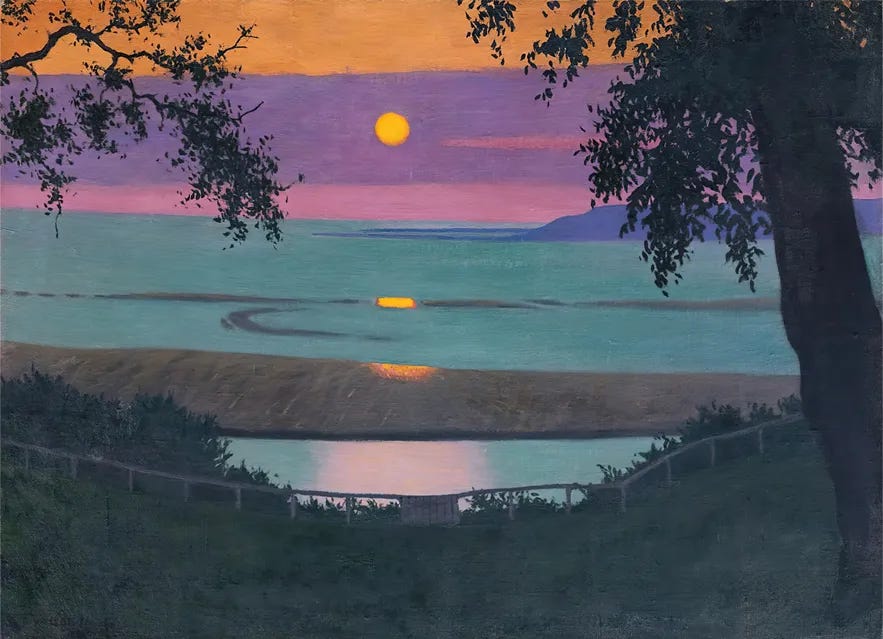

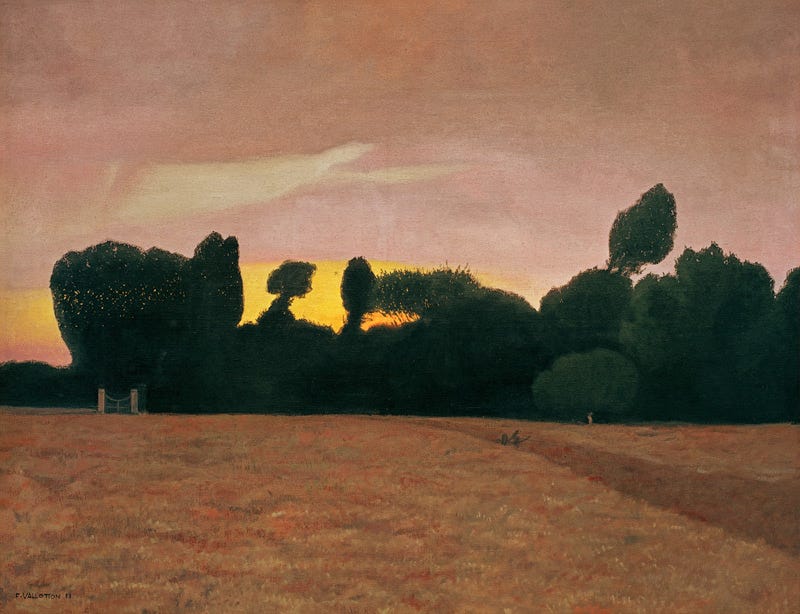
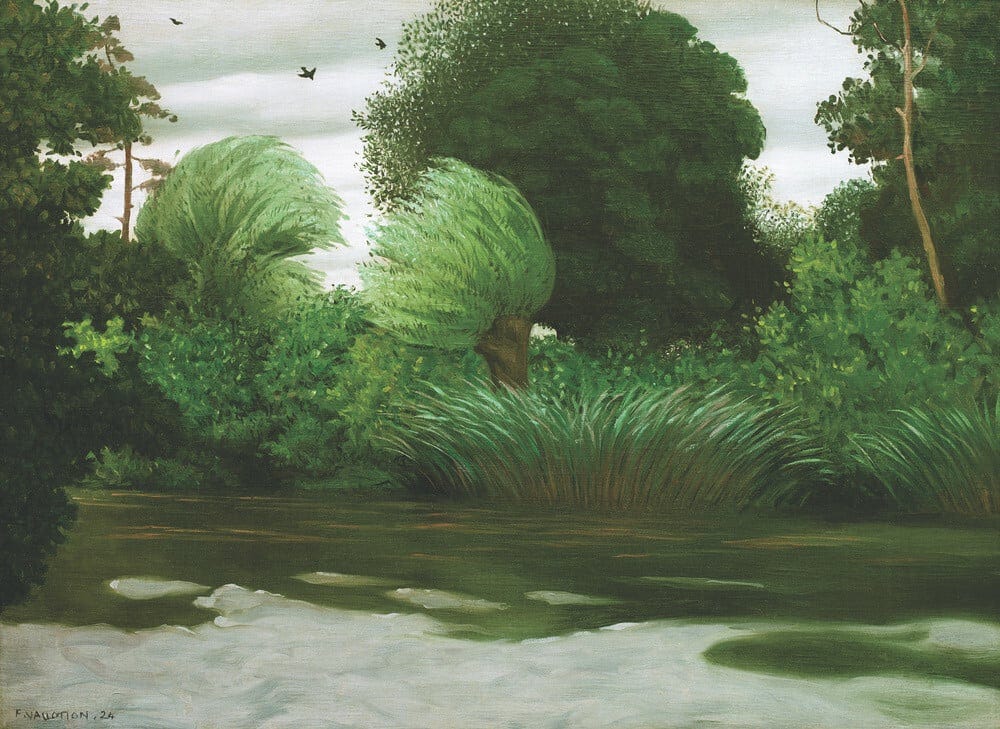
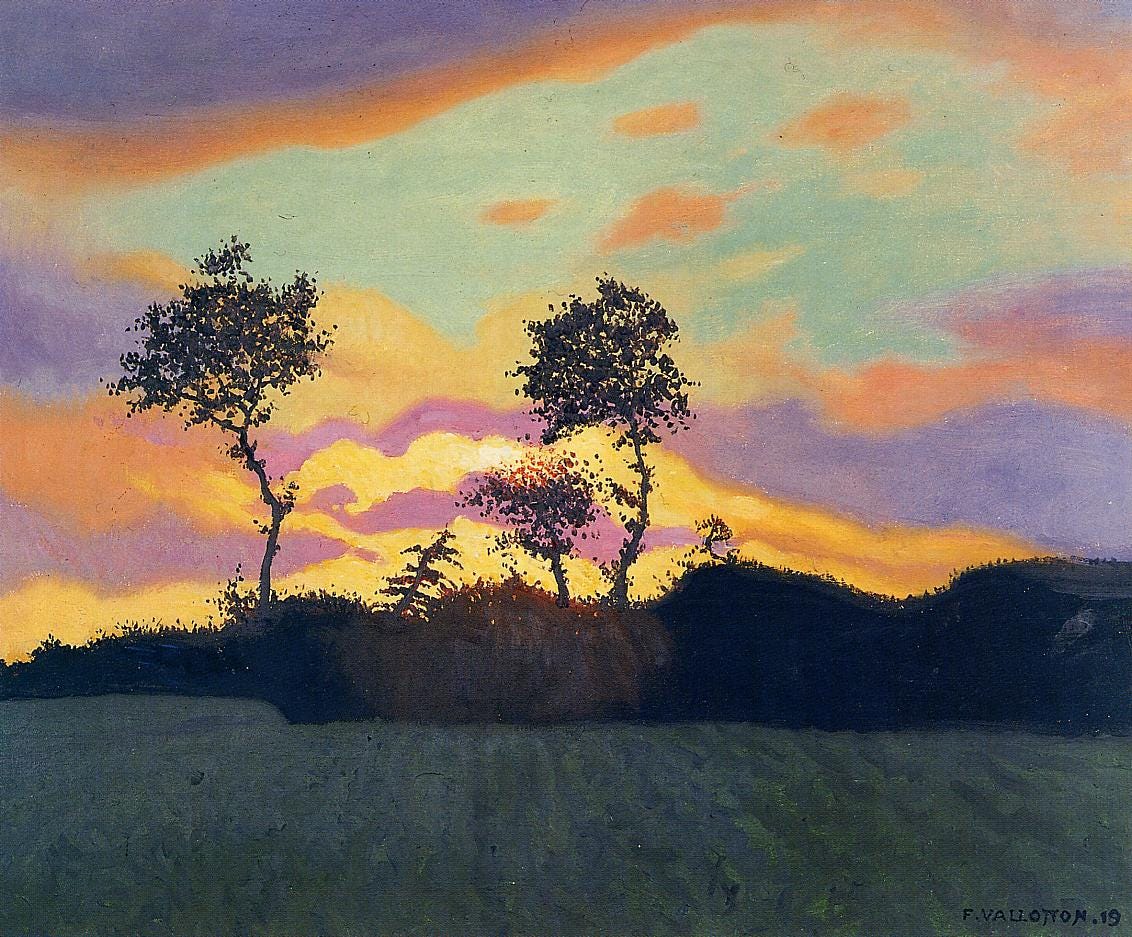



Congratulations Ella!
Congrats on the new position! And the new site looks great. Loving these forests and trees too ❤️